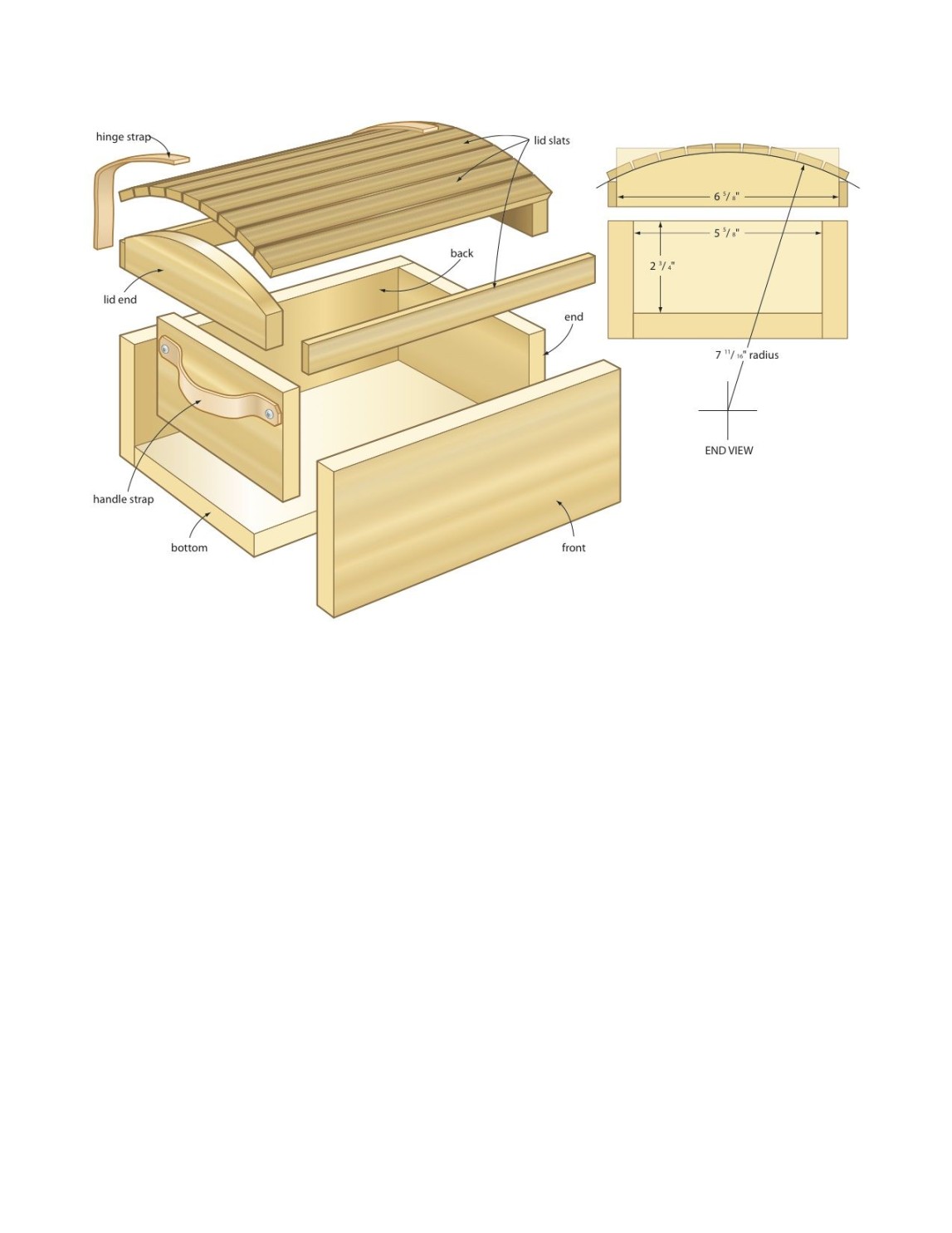Embark on a DIY adventure and create a stunning treasure chest that will hold your valuables or serve as an eye-catching ornament for your home. With the right materials, tools, and a dash of creativity, you can transform raw lumber into a captivating piece that exudes an air of adventure and intrigue.

- 1. Gathering Your Treasure Trove of Materials
Before embarking on your woodworking journey, ensure you have assembled the essential components:
- Wood: Choose a sturdy wood like oak, pine, or mahogany for the base structure. For the decorative accents, consider using different types of wood to add visual interest.
- Hardware: Equip your treasure chest with reliable hinges and a secure lock. Consider adding decorative hardware like eyehooks or rope handles to enhance the piratey aesthetic.
- Tools: Equip yourself with basic woodworking tools, including a saw, drill, hammer, and sandpaper. For more intricate designs, consider using a router or chisel.
- 2. Crafting the Chest’s Structure
With your materials gathered, it’s time to construct the foundation of your treasure chest. Begin by cutting the wood pieces according to the specified dimensions in your chosen treasure chest woodworking plan. Once the pieces are cut, use the drill to create pilot holes for the screws or nails that will secure the joints.
For a sturdy and aesthetically pleasing structure, consider using mortise-and-tenon joints, dovetail joints, or box joints. These traditional woodworking techniques provide a strong and durable connection while enhancing the visual appeal of your treasure chest.
- 3. Assembling the Chest and Enhancing its Charm
After the structure is assembled, sand down any rough edges or imperfections to create a smooth finish. To add an authentic pirate touch, consider using distressed wood or applying a weathered stain to mimic the look of a treasure chest that has endured countless voyages.
Next, add decorative elements like rope handles, metal accents, or decorative nails. For a truly unique piece, consider incorporating personal touches like a custom nameplate or a hidden compartment.
- 4. Finishing Touches and Treasure Trove Preparation
Once the structural integrity and decorative elements are complete, it’s time to protect your treasure chest with a finish. Choose a sealant or varnish that suits your desired aesthetic. For a rustic charm, consider using a natural oil-based finish. For a more polished look, opt for a polyurethane or lacquer finish.
Once the finish is dry, your treasure chest is ready to store your valuables or serve as a decorative centerpiece. Whether it’s filled with pirate-themed trinkets or holds cherished memories, your treasure chest will be a testament to your woodworking skills and a source of pride for years to come.
- 5. Additional Tips for Treasure Chest Woodworking
- Practice safe woodworking techniques: Always wear safety glasses and gloves when using power tools.
- Measure twice, cut once: Accuracy is key to creating a well-fitting and sturdy treasure chest.
- Test your hinges and lock before finalizing the assembly: Ensure they function smoothly and securely.
- Don’t be afraid to experiment with different designs and styles: Personalize your treasure chest to reflect your unique taste.
- Enjoy the process!: Woodworking is a rewarding hobby that allows you to express your creativity and create lasting pieces.

